Learning guitar chords (sometimes misspelled as guitar cord) is one of the first steps a beginner guitarist will take in learning to play the guitar.
Learning chords will already enable you to play real music and songs, which is really the reason you picked up the guitar in the first place.
To show you how important chords are, it's just enough to say that pretty much every single song in the world uses chords.
Even the fast-paced guitar solos you hear are based around some sort of chord progression in a given key.
But let's not get ahead of ourselves just yet.
Beginner Tip
If you are just starting out, and you want to learn chords, check out this video guitar lesson on guitar chords.
Chords have qualities, which means you can alter them slightly to get a different feel. Let's first look at the basic chord qualities. These will be the first chord types you learn. Don't worry about chord theory yet, that'll come later.
Major chords are generally thought of as happy-sounding chords. Why? Because when you play them with a minor chord, you’ll hear that the major sounds happier, and the minor chord sounds a bit dark.
In contrast with major chords, minor guitar chords are a bit sad sounding, they generate a darker atmosphere. When you learn guitar chords, minor chords are a must.
7th chords are alterations and additions to the major and minor chords you learned above. They give color to major and minor chords, and give you more freedom when playing the guitar.
These are the most popular chord alterations, used in everything from blues to jazz.
There are 4 types of 7th chords: 'dominant 7th' (also called just '7th'), 'major 7th', 'minor 7th', and 'minor-major 7th'.
Suspended chords tend to sound almost “dreamy”, so these guitar chords are great if you want to add a sense of dreaminess to your songs.
There are 2 types of sus chords, 'sus 2' and 'sus 4'.
Power chords, also known as 5 chords, are used most often on electric guitars under distortion, in genres such as rock and metal. Power chords are made up of only 2 notes, while all other chord types use at least 3 notes.
Now just so you know, the above chord types are stackable, meaning you can have combinations, such as 'sus2 dominant 7th'.
Changing Between Chords
Changing between chords is not a skill you are born with, it’s just something you have to get used to. It is difficult at first, but practice changing between chords every day, and you’ll see that it’ll get more and more fluent with time.
Learning to change chords is best done by seeing and doing, so go ahead and watch this video on learning how to change chords.
Basic Open Guitar Chords
Open guitar chords will be the first chords a beginner guitarist will learn.
The reason they are called "open", is that they have open strings ringing beside the fretted strings. The open strings give them a very full, resonant sound, so even though they are considered beginner chords, these basic chords will be with you during your entire guitarist career.
It’s no wonder, why hundreds of really popular songs are based on these simple open chords, check them out. Note that the shortened names of the respective chords are placed into parenthesis, so E minor = Em for short.
E chords
Guitar chords in the key of E use all of the strings on the guitar. The first chords a beginner will learn are the E major, and E minor:
E major (E)
- The high E string is played open
- The B string is played open
- 1st finger frets the G string at the 1st fret
- 3rd finger frets the D string at the 2nd fret
- 2nd finger frets the A string at the 2nd fret
- The low E string is played open
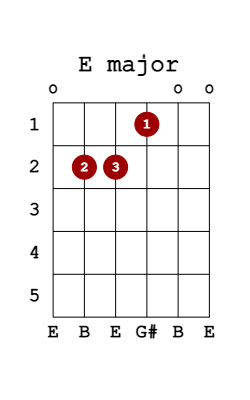
E minor (Em)
- The high E string is played open
- The B string is played open
- The G string is played open
- 3rd finger frets the D string at the 2nd fret
- 2nd finger frets the A string at the 2nd fret
- The low E string is played open
Note that sometimes it's more convenient to use your 1st and 2nd fingers for this one.

Other popular E chords
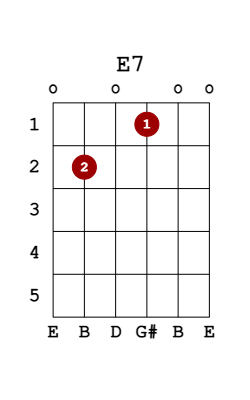
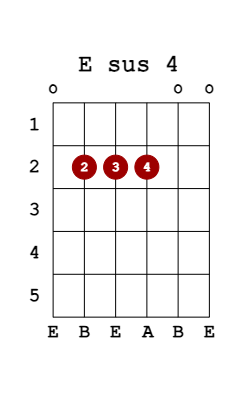
A chords
Open A chords will use 5 strings of the guitar, leaving the low E string (6th string) out.
A major (A)
Don't worry if at first, your fingers seem a little crowded. This won't bother you for long! Just make sure each string sounds cleanly.
- High E string is played open
- 4th finger frets the B string at the 2nd fret
- 3rd finger frets the G string at the 2nd fret
- 2nd finger frets the D string at the 2nd fret
- The A string is played open
- The low E string is NOT played (marked by the X)
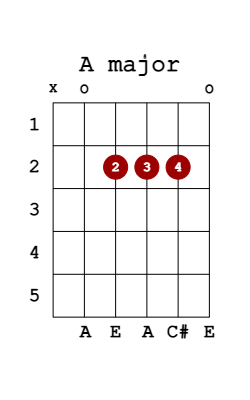
A minor (Am)
- High E string is played open
- 1st finger frets the B string at the 1st fret
- 3rd finger frets the G string at the 2nd fret
- 2nd finger frets the D string at the 2nd fret
- The A string is played open
- The low E string is NOT played (marked by the X)

Other popular A chords



D chords
Open D chords will use strings D through the high E strings, so the low E and A strings are not used.
D major (D)
This is rightfully a favorite chord of many students, and it has great-sounding variations.
- The low E and A strings are NOT played (marked by the X)
- D string is played open
- 1st finger frets the G string at the 2nd fret
- 2nd finger frets the high E string at the 2nd fret
- 3rd finger frets the B string at the 3rd fret
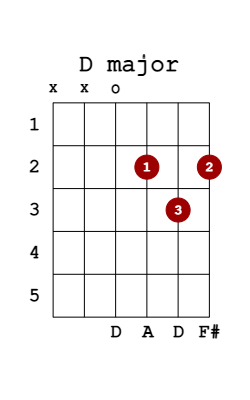
D minor (Dm)
- 1st finger frets the high E string at the 1st fret
- 3rd finger frets the B string at the 3rd fret
- 2nd finger frets the G string at the 2nd fret
- The D string is played open
- The low E and A strings are NOT played

Other popular D chords



G chords
Open chords in G will use all of the strings on your guitar.
G major
There are a couple of ways to finger this chord. Learn both, as each offers its own voicing...
- 4th finger frets the high E string at the 3rd fret
- The B string is played open
- The G string is played open
- The D string is played open
- 2nd finger frets the A string at the 2nd fret
- 3rd finger frets the low E string at 3rd fret
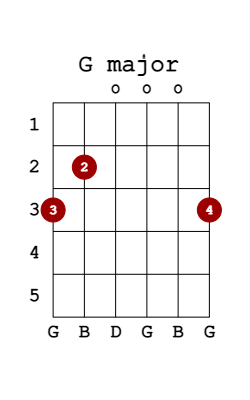
The G major has another widely used fingering, which looks like this. If you play both, you'll notice that this one has a fuller sound, but the other variation is perfect as well. I teach my students to fret the one which is easier to change from the previous chord being played.
- 4th finger frets the high E string at the 3rd fret
- 3rd finger frets the B string at the 3rd fret
- The G string is played open
- The D string is played open
- 1st finger frets the A string at the 2nd fret
- 2nd finger frets the low E string at the 3rd fret

Other popular G chords
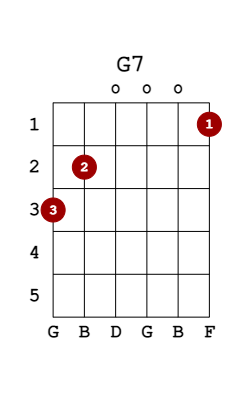
C Chords
Open C guitar chords will only use string A through high E, so you're not plucking your lowest string.
C major (C)
This is one beginner guitarists tend to have the most trouble with. Keep changing between this chord and other open chords in this lesson to develop that "muscle memory" in your fingers - again, the awkward fingering won't trouble you for long if you keep practicing it.
- The high E string is played open
- 1st finger frets the B string at the 1st fret
- The G string is played open
- 2nd finger frets the D string at the 2nd fret
- 3rd finger frets the A string at the 3rd fret
- The low E string is NOT played
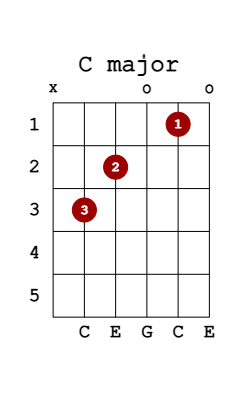
Other popular C chords
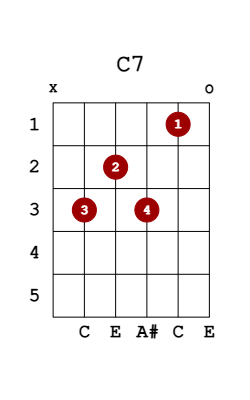


NEW: Chords Database
Check out our free database of guitar chords, containing chord charts and fingering diagrams to over 1,400 guitar chords.
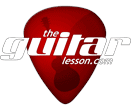
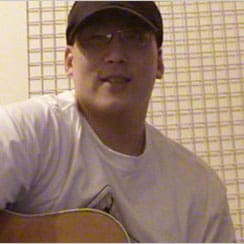
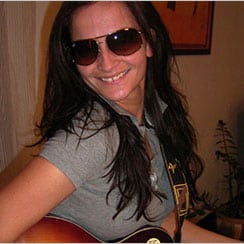
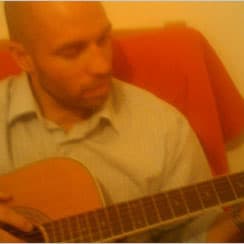
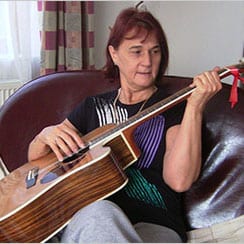
I’ve been playing guitar for I while and I decided to come here to test my theory I’ve been through this whole course and it has helped a ton.
wow this is really helping me to play my guitar well